Small, local conservation organisations in high-biodiversity areas are among nature’s most powerful allies; this is mainly due to their knowledge of and influence over the environment. However, in most cases, these organisations lack sufficient funding to achieve their full potential. The EU and five other donors to the Critical Ecosystem Partnership Fund are resourcing grants and technical assistance to enable long-term local conservation leadership and to nurture sustainable development.
36 terrestrial regions worldwide have been identified as being extremely high in biodiversity yet under tremendous threat – these sites are known as biodiversity hotspots1.
The global initiative Critical Ecosystem Partnership Fund (CEPF)2, has worked with more than 2,500 civil society organisations (CSOs) and individuals in 25 of these regions, in developing countries or transitional economies. To date, CEPF has provided technical assistance and grants totalling more than US$260 million – approximately €220 million. The primary objective of this support is to move, in a meaningful way, towards sustainable conservation.
Olivier Langrand, Executive Director of CEPF, explains, "The hotspots are among the most important places for addressing the biodiversity crisis. Civil society groups acting to conserve these places can make a substantial difference if they have the necessary funding and technical aid.” Olivier Langrand added that CEPF is currently supporting organisations in ten of these hotspots.
The projects that the CEPF funds are varied. One current project focuses on establishing and managing a protected area, conserving biodiversity and protecting water resources in Cotapata, Bolivia; another aims to reduce wildlife consumption in Da Nang, Vietnam.
Lessons learnt by local heroes
Walter Martinez, Director of the Commonwealth of Municipalities of Northern La Paz, and Le Thi Trang, Vice-Director of the Vietnamese NGO GreenViet, shared their lessons learnt as grantees of the CEPF on:
- Changing behaviour for sustainable development through consensus-building in the local community and the involvement of local authorities;
- Raising awareness of the opportunities that biodiversity protection can bring to the community;
- Sharing knowledge between involved parties and similar initiatives to maximise impact.
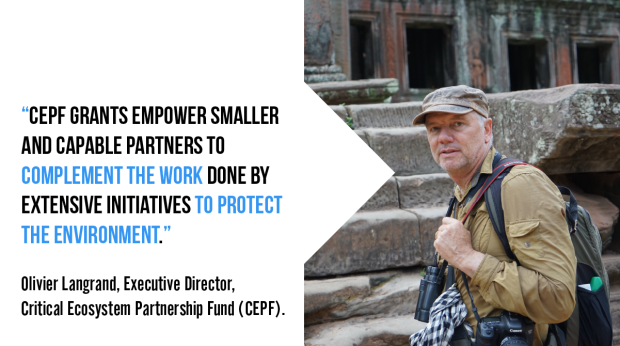
Both grantees' first lesson has been to involve local authorities, the private sector, and the inhabitants, in the behaviour change requested to protect the environment. As mentioned by Olivier Langrand, "we can't impose change … it must be formulated and implemented by the local stakeholders."
Walter Martinez recognises the importance of talking with local authorities and the CSOs involved in the territory to create a new municipal protected area in Guanay. He illustrates, "Decision-makers in the region must be included as active and committed partners to generate broader consensus and implement the methodology."
In Vietnam, GreenViet decided to change the tourism activities that threaten 4,000 hectares of a nature reserve in Da Nang. Le Thi Trang explains that to motivate local authorities to join the initiative they "created a network of champions working in the field of tourism like associations, private companies, media groups and schools."
2. "What’s in it for me" narrative
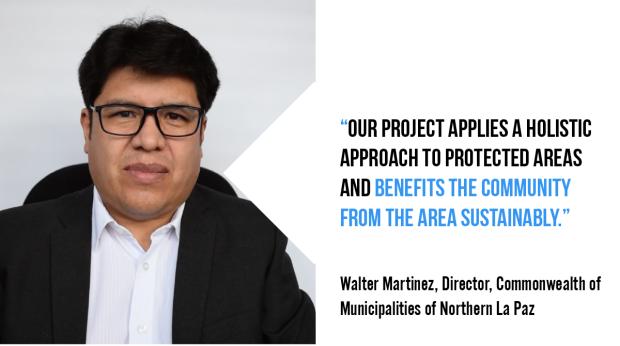
In Madidi-Pilón Lajas-Cotapata Corridor in Bolivia, some families trying to make a living have taken up mining, to the detriment of water resources and biodiversity. To address this, Walter Martinez’s team organised community workshops and training around sustainable economic activities such as beekeeping. "Change often brings new concepts to be understood and familiarised by the population," says Martinez. He adds, "we need to understand the importance of time by offering short-term incentives in long-term and holistic projects."
Le Thi Trang also has expertise in raising awareness. GreenViet launched a campaign to protect red-shanked douc langurs – a brightly coloured monkey – and convert them into the new symbol of Da Nang's city. This initiative was supported by scientists, local authorities, and local businesses, retirees, youth groups, artists, photographers, media networks and NGOs.
In addition to these local efforts, Olivier Langrand recognises the opportunity of COVID-19 to promote biodiversity projects. "The current pandemic has opened the eyes to the negative interaction between humans and wildlife," he continues, “COVID-19 is affecting everyone in the world. Protecting nature is a way to address the root causes rather than just the symptoms.”
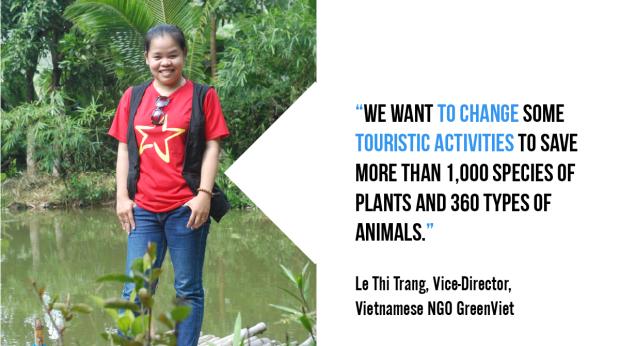
One of the biggest challenges for Le Thi Trang was the lack of information available on conservation. "Biodiversity protection is underestimated … we realised that people had no free access to relevant information. For this reason, we decided to set up an information hub to communicate about the protection of the environment."
Walter Martinez also had the opportunity to prove the value of knowledge sharing. In this case, members of the Guanay Municipal Council visited Apolo, where CEPF works with another grantee in the conservation of a protected area that provides water to the municipal capital. According to Martinez, "through this visit, we could learn from the experience and knowledge of another municipality working in cooperation to get access to water."
This idea of learning from each other is vital for CEPF. Olivier Langrand explains, "CEPF works with a regional implementation team to connect organisations in the hotspots to local authorities, the private sector and other CSOs, creating working relations among them that build knowledge and cooperation."
Click on the play button below to watch our video about the Critical Ecosystem Partnership Fund (CEPF).
|
OVERVIEW OF THE TWO CEPF GRANTEE PROJECTS
|
Read the other episodes of the climate and environment series:
Credit: Video © Capacity4dev | Photo © O. Langrand
1 This definition is based on the work done by British environmentalist Norman Myers published in 1988 and 1990. Biodiversity hotspots are regions containing at least 0.5% or 1,500 species of vascular plants found nowhere else in the world (known as endemic species) that have lost at least 70% of their primary vegetation. These sites cover more than 15.7% of the land surface area and support nearly 60% of the world’s plant, bird, mammal, reptile and amphibian species.
2 The global initiative Critical Ecosystem Partnership Fund (CEPF) was launched 20 years ago. It is a joint initiative of the EU, the World Bank, Global Environment Facility, the French Development Agency, the Japanese government and Conservation International.


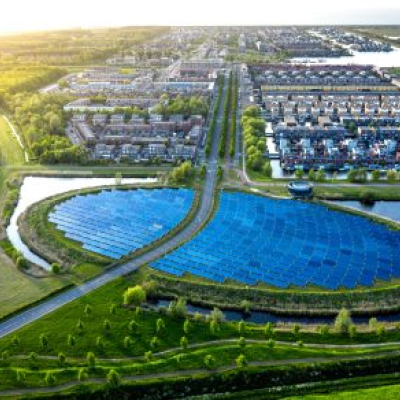

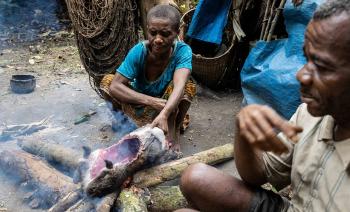


Log in with your EU Login account to post or comment on the platform.